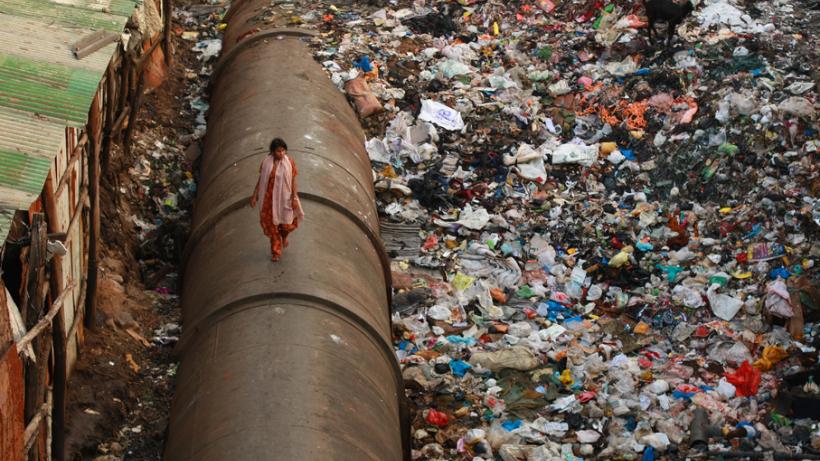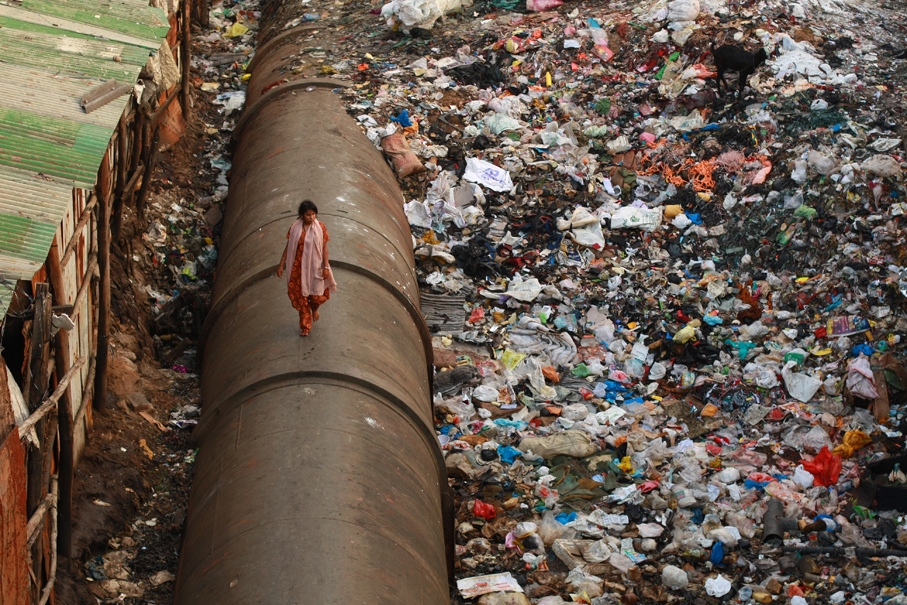
Smaller is better when investing in faecal sludge management in Asia
Smaller-scale sanitation solutions for faecal sludge management are having a big impact in Asia. Amy Leung looks at the small sanitation innovation that is having a big impact in Asia
While there is no one quick solution to sanitation problems in Asia and the Pacific, some small wastewater projects are making waves. The scale of these projects implies shifting away from the Asian Development Bank’s (ADB’s) traditional approach of focussing on developing bigger centralised systems that involve large, extensive wastewater networks and infrastructure. These small projects also challenge the notion that progress and development can only be achieved through big infrastructure.
Incentivising investments in faecal sludge management projects
Until recently, all the wastewater management projects in our portfolio supported centralised sewer systems. But in 2014, ADB put up through the Bill and Melinda Gates Foundation the Sanitation Financing Partnership Trust Fund (SFPF), a $15 million grant focussed on supporting non-networked, small-scale sanitation solutions for faecal sludge management (FSM) and the basic containment and transport of faeces. On their own, these projects would have been too small to be packaged into an investment programme, and are less popular than traditional investments.
 Dharavi pipe walk
Dharavi pipe walk
So how can we convince project officers to spend as much time and effort on something that represents 1% or less of their total portfolio? How do we persuade everyone that such small investments can add value, and possibly change our approach in the sanitation sector? Moreover, how do we encourage large developing governments in Asia to focus on an aspect of sanitation that has been given little attention in favour of following in the footsteps of developed countries which have large, centralised sewer systems?
The task, at first, was daunting. However, a few years after the Gates Foundation posed the challenge, all of ADB’s regional departments now have FSM projects that are suitable for smaller settlements and peri-urban neighbourhoods, complementing centralised systems that are more viable for larger and densely populated cities.
For instance, a year ago in Nepal water users and sanitation committees were only concerned about delivering much-needed potable water. But now there is a lot of discussion on developing sanitation options, and pilot FSM facilities are being designed for Kakarvitta and Charali, small cities that will both serve as benchmarks for other towns. The development and operation of the facilities may inform the next phase of the small towns’ water supply and sanitation sector programme.
Small successes could scale to large step-change in approaches to sanitation challenges
In India, ADB is designing through the SFPF pilot community sanitation facilities that will collect, treat and dispose of toilet waste properly. If the pilot programme proves successful in Rajasthan, it can be replicated to address the problem in other parts of the country.
A sanitation component was included in ADB’s third Urban Governance and Infrastructure Improvement (Sector) Project in Bangladesh. As a result, the first FSM facility is currently being built in Joypurhat, with the goal of extending it to 32 more towns.
Equally encouraging are the projects that will influence decisions on a national level. The SFPF supports initiatives that will pave the way for policies to support more aggressive FSM actions such as regular de-sludging programs and promoting efficient management and disposal of waste in Indonesia, Mongolia, Nepal, the Philippines, and Viet Nam.
The projects are indeed small, but their results may change the way sanitation is addressed in many parts of developing Asia.
Demand for FSM could spur greater innovation and investment
Over the last few years, on-site sanitation systems such as septic tanks and latrines have become increasingly popular across the region. Although many see FSM as just an intermediate solution, ADB understands that FSM meets the immediate needs of many people in developing Asia and improves their living conditions. Since there is a high demand for FSM, this approach is a business strategy as much as it is a development move. Small-scale sanitation solutions can encourage innovative technology that attracts private sector participation/investment.
I look forward to seeing the results of the many FSM pilot projects once completed next year. It is exciting for many of us in the sector to witness large impacts with small investments. As proven by these projects, bigger is not necessarily better. While big infrastructure works for developed countries, developing countries in Asia and the Pacific would benefit from complementary small-scale sanitation solutions that help more people.
The better option is always the one that is doable, appropriate, and has the most positive impact. It is not enough to have a wastewater revolution; we must adapt our approaches to unique circumstances.
A version of this blog originally appeared on the ADB blog, see the original here.

